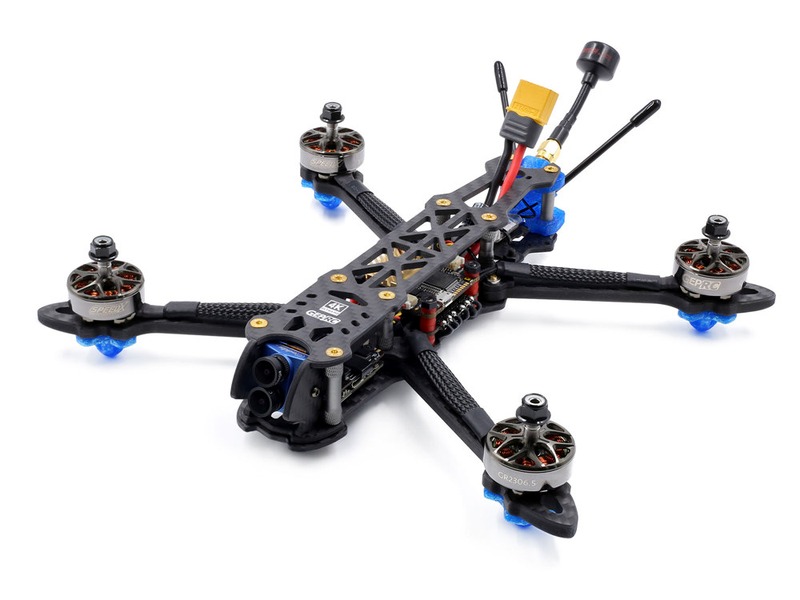Can pilots see drones?

Yes, pilots can see drones. Drones, also known as unmanned aerial vehicles (UAVs), are becoming increasingly popular for both recreational and commercial use. Drones come in a variety of shapes and sizes, and can be used for a variety of purposes, including aerial photography, surveying, search and rescue, and military operations. While the size of a drone may make it difficult to be seen from the ground, pilots in the air can see them if they know what to look for.
The most important factor in determining whether or not a pilot can see a drone is the size of the drone. Small drones, such as those used for recreational purposes, are typically quite small, and can be difficult to spot from the air. However, larger drones, such as those used for commercial purposes, can be more easily seen by pilots. Additionally, pilots may be able to spot drones that are flying higher than usual, as they may stand out against the background.
The color of the drone can also play a role in determining whether or not it can be seen by pilots. Drones come in a variety of colors, and some drones may be easier to spot than others. For example, drones that are painted bright colors, such as red or yellow, may be more easily visible to pilots. Additionally, drones that are painted black or gray may be harder to spot, as they blend in with the background.
In addition to the size and color of the drone, the speed at which the drone is flying can also affect its visibility to pilots. Drones typically fly at speeds of around 25-30 miles per hour, which can be difficult for pilots to detect. However, if the drone is flying at higher speeds, it may be more easily visible to pilots. Additionally, if the drone is performing maneuvers, such as sudden turns or rapid ascents, it may be more noticeable to pilots.
Finally, pilots may also be able to detect drones with their eyes or with the help of radar. Pilots are trained to look for unusual objects in the sky, and may be able to spot a drone with the naked eye if it is flying at a low altitude. Additionally, pilots may be able to detect drones with the help of radar, which can detect objects in the sky that are moving at high speeds.
In conclusion, pilots can see drones, although it may depend on a variety of factors such as the size, color, and speed of the drone. Additionally, pilots may be able to spot drones with the naked eye or with the help of radar. As drones become increasingly popular, it is important for pilots to be aware of their presence in the sky, and to take the necessary precautions to avoid potential collisions.
Comments / Question
2. Speed: Drones can fly at high speeds making them difficult to spot.
3. Camouflage: Some drones are designed to blend in with the environment, making them difficult to spot.
4. Altitude: Drones can fly at various altitudes, making them difficult to spot from the ground.
5. Weather Conditions: Poor visibility due to weather conditions can make it difficult to spot a drone.

